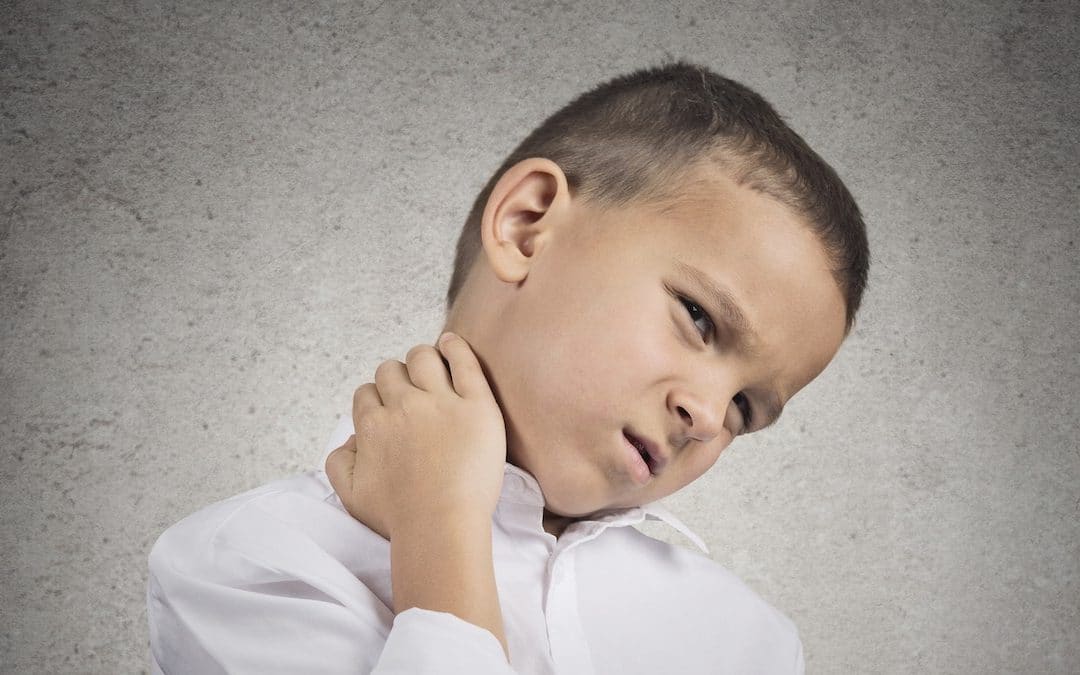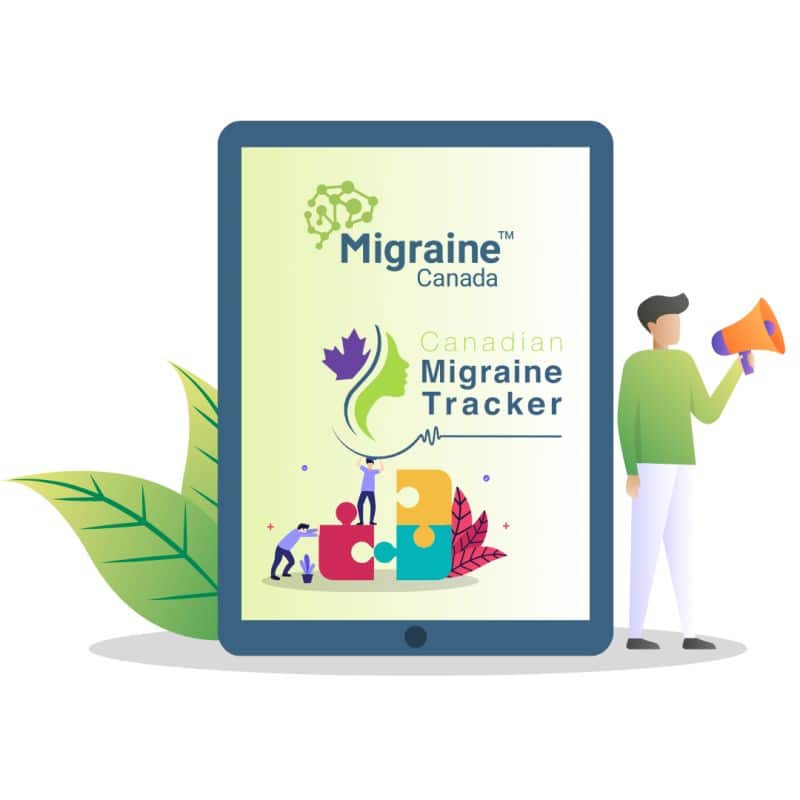What is Benign Paroxysmal Torticollis?
Benign paroxysmal torticollis (BPT) is a rare migraine variant that begins during infancy and early childhood. Children with BPT experience repeated attacks of head tilting (torticollis) that switch sides between episodes. These attacks often follow a predictable pattern, such as occurring monthly. BPT may be associated with developmental delays.
This guide provides a comprehensive overview of BPT, including diagnosis, potential treatments, and prognosis, helping parents and caregivers understand and manage this condition effectively.
Diagnosing Benign Paroxysmal Torticollis
BPT is diagnosed in infants and young children who experience recurrent episodes of head tilting to either side for minutes to hours. Symptoms associated with these attacks may include irritability, pallor, fearfulness, and unsteady walking (ataxia). The child typically feels well between episodes.
Available Treatments for Benign Paroxysmal Torticollis
Due to the rarity of BPT, there are no high-level studies outlining specific treatment options. Often, reassurance for parents is all that is required due to the infrequent and brief nature of the episodes. However, if the attacks become more frequent, parents may discuss treatment options with their child’s doctor. These options might include oral medications such as anti-inflammatories, anti-nausea agents, or preventive medications like topiramate.
Prognosis: Will My Child Suffer from This Condition Forever?
BPT generally resolves over time, typically starting to improve by age two and completely resolving by age three or four. It is common for children diagnosed with BPT to develop migraine headaches by age four. Many children with BPT may also develop other migraine variants such as abdominal migraine.
References
- Gelfand A. Episodic syndromes of childhood associated with migraine. Current Opinion Neurology. 2018;31:281-285.
- Lagman-Bartolome AM, Lay C. Pediatric Migraine Variants: A review of epidemiology, diagnosis, treatment, and outcome. Current Neurology and Neuroscience. 2015;12:1-14.
Post #604



